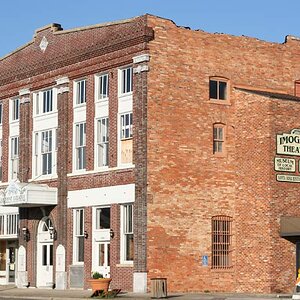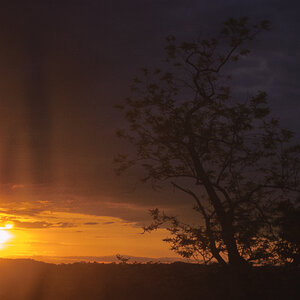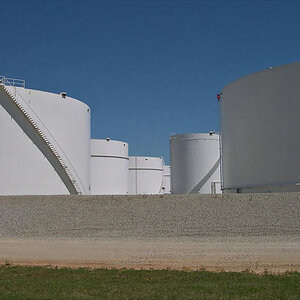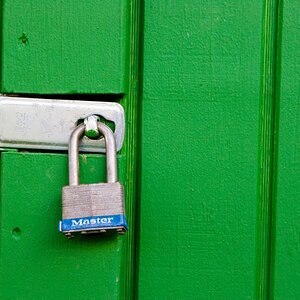snapsnap1973
TPF Noob!
- Joined
- Jan 18, 2013
- Messages
- 147
- Reaction score
- 4
- Location
- Portland, Maine
- Can others edit my Photos
- Photos NOT OK to edit
Hi. Right now I have a little crappy Sony Cybershot DSCH20 and it has a 10x zoom. When I look at the EXIF info after taking a photo at "10x" zoom it says "63 mm". What I'm wondering is how this "63 mm" relates to say a DSLR's lens. For instance, if I have an 18-55mm kit lens and zoom out to 55mm on my Cybershot, does this mean the 55 mm on the cybershot is the same as the 55 mm on the kit lens?
Also, I heard that the 63mm on my Cybershot (10x zoom) is comparable to 200mm (?) on an SLR lens?
Also, I heard that the 63mm on my Cybershot (10x zoom) is comparable to 200mm (?) on an SLR lens?



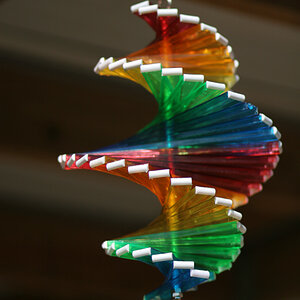


![[No title]](/data/xfmg/thumbnail/34/34062-c0c9c0a752bc1af58237eff1ec850163.jpg?1619736259)

